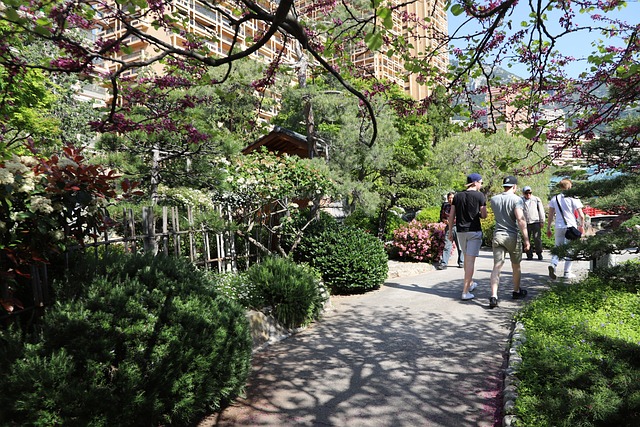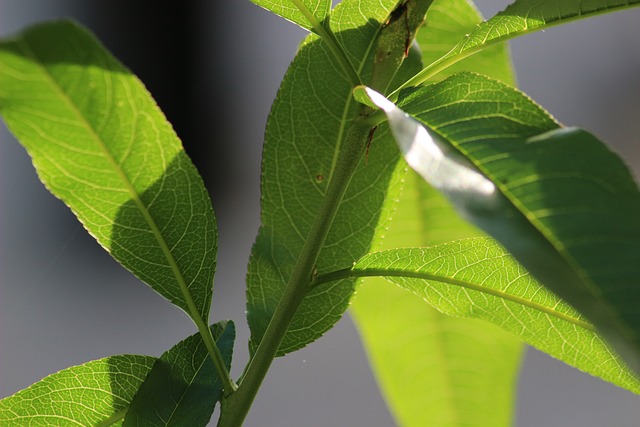betão 👁 Betão: A Structural Marvel of Modern Engineering

Betão: A Structural Marvel of Modern Engineeringbetão
In the realm of construction and civil engineering, few materials have proven to be as transformative as betão, commonly known as concrete. This versatile composite, primarily composed of water, aggregate, and cement, has become a fundamental building block in the development of infrastructure across the globe. With its remarkable load-bearing capacity, durability, and adaptability, betão has not only redefined architectural aesthetics but has also significantly contributed to the advancement of urban environments.
The historical use of betão dates back to ancient civilizations, where rudimentary forms of concrete were utilized in the construction of enduring structures, such as the Pantheon in Rome. However, it is in the modern era that betão has reached unprecedented levels of sophistication and application. Advancements in technology and materials science have led to the development of high-performance concrete, which enhances the material's strength and longevity, making it an ideal choice for a wide range of constructions, from skyscrapers to bridges and dams.betão

One of the defining characteristics of betão is its compressive strength, which enables it to withstand substantial loads without deformation. This property is particularly advantageous in high-rise buildings, where the weight of the structure necessitates a material that can provide both stability and safety. Moreover, the ability to mold betão into various shapes and forms allows architects to push the boundaries of design, creating innovative structures that were once deemed impossible.
In addition to its structural benefits, betão plays a vital role in sustainability efforts. With the construction industry being one of the largest contributors to global carbon emissions, the development of eco-friendly betão formulations has become increasingly important. Researchers are exploring the use of recycled materials, such as crushed glass and industrial by-products, to reduce the environmental impact of concrete production. Furthermore, innovations such as self-healing concrete, which incorporates bacteria that precipitate calcite to seal cracks, exemplify the potential of betão to improve the lifespan of structures while minimizing maintenance costs.
The versatility of betão extends beyond its mechanical properties; it also exhibits excellent thermal mass, which can help regulate building temperatures and reduce energy consumption. This characteristic is particularly relevant in the context of climate change, as architects and engineers strive to design energy-efficient structures that align with modern sustainability goals. By utilizing betão effectively, it is possible to create buildings that not only meet the demands of occupants but also contribute positively to the environment.
Despite its many advantages, the production and use of betão are not without challenges. The cement industry is responsible for a significant portion of global CO2 emissions, prompting a pressing need for more sustainable practices. Researchers are actively seeking alternatives to traditional Portland cement, exploring options such as geopolymer cements that utilize industrial waste materials, thereby reducing the carbon footprint of concrete production. The shift towards these innovative materials represents a critical step in addressing the environmental impact associated with betão.betão
Moreover, the maintenance and longevity of betão structures are paramount to ensuring their continued performance. Factors such as environmental exposure, chemical attacks, and physical wear can compromise the integrity of concrete over time. Therefore, ongoing research into the durability of betão is essential for the development of strategies to enhance its resistance to deterioration. This includes the incorporation of advanced additives and surface treatments that can improve the performance of concrete in harsh conditions.betão

As the demand for urban infrastructure continues to grow, the role of betão as a foundational material in construction remains indispensable. From the creation of resilient buildings to the development of sustainable urban environments, betão stands at the forefront of modern engineering solutions. The interplay between innovative research and practical application holds the key to unlocking the full potential of this remarkable material, ensuring its relevance in the future of construction.betão
In conclusion, betão is not merely a building material; it is a testament to human ingenuity and the quest for progress. Its adaptability and strength have allowed it to become a cornerstone of contemporary architecture, while ongoing research and innovation promise to enhance its sustainability and performance. As society navigates the challenges of the 21st century, the continued evolution of betão will undoubtedly play a crucial role in shaping the built environment for generations to come. The future of construction lies in the hands of those who harness the power of betão, driving forward a legacy of resilience and innovation in our urban landscapes.betão
Fale conosco. Envie dúvidas, críticas ou sugestões para a nossa equipe através dos contatos abaixo:
Telefone: 0086-10-8805-0795
Email: portuguese@9099.com


